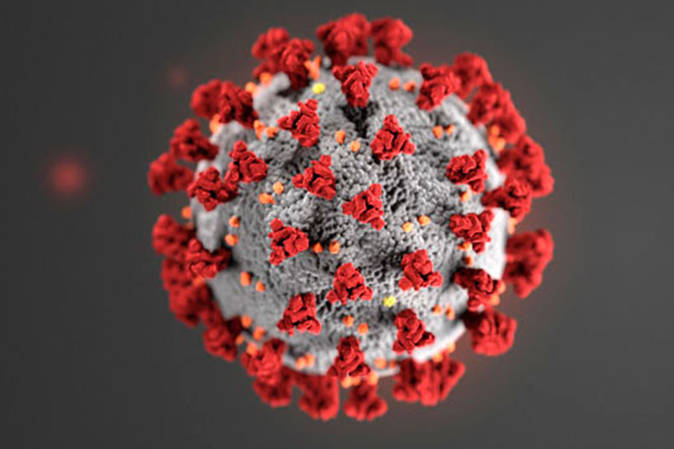A recently released accounting of coronavirus deaths for 2020 puts the number at 245, making it likely the fourth leading cause of death in Alaska for 2020, according to state data.
With 245 deaths, the coronavirus would be a bigger cause of death than chronic lower respiratory disease, when compared to the average of 2017 through 2019, with 209, but less than heart disease, cancer or unintentional injuries such as motor vehicle crashes. Of those 245 deaths, five occurred in Juneau, according to the City and Borough of Juneau.
The statewide rate of death puts Alaska’s death rate at about a third of the national average, according to the health department: Alaska’s death rate of COVID-19-related deaths was 34 per 100,000 residents, versus a national average of 104 per 100,000.
Cases have declined sharply since early December 2020, which saw the peak for cases, likely related to the Thanksgiving holiday.
“We expected that Thanksgiving would be this major event that would snowball into the holidays. We’re all really excited that didn’t happen,” said Louisa Castrodale, an epidemiologist for DHSS, in a news conference. “For better or worse, we haven’t seen that rebound coming.”
[COVID-19 among leading causes of death for Alaska in 2020]
Death rates varied widely across the state by region, according to state data. The highest occurred in Anchorage and the Matanuska-Susitna Valley region at 39.1 deaths per 100,000 residents. The lowest occurred in Northern Alaska, at 10.9 deaths per 100,000 residents. Southeast Alaska was the second lowest, at 12.4 deaths per 100,000 residents.
“Our peak occurred in November and December. This mimicked what we saw in the united States as a whole as well,” said state epidemiologist Joe McLaughlin in a news conference. “We were expecting that we would see higher case counts in the winter. I didn’t think we’d see such a precipitous decline in cases in January into February.”
Death rates were highest by far among Native Hawaiian/Pacific Islanders at 141.5 deaths per 100,000 population, according to state data. In total 15 deaths were counted in that category of deaths by race/ethnicity, according to state data. Alaska Native and Native Americans died from the coronavirus at a rate of 79.1 deaths per 100,000 population, and accounted for more than one-third of the total deaths with 90 confirmed deaths. The other largest single group of deaths occurred for white people. White casualties occurred at only 21 per 100,000 population, for a 100 deaths.
Across the age spectrum, death rates were highest in those older than 80, occurring at 548 per 100,000 population. More than half of Alaskans killed by the coronavirus had between one and three pre-existing conditions that would lead to an increased risk of death from the coronavirus. Approximately two-thirds of Alaskans have one or more of these conditions.
Keeping the death rate low will rely on rapid administration of vaccines to Alaska’s most vulnerable groups and continued adherence to mitigation measures, said Alaska chief medical officer, Dr. Anne Zink.
“The biggest limitation is supply,” Zink said in a news conference. “We really want to get through the seniors. The next tier for most communities will probably be that March allocation.”
Read the report below:

